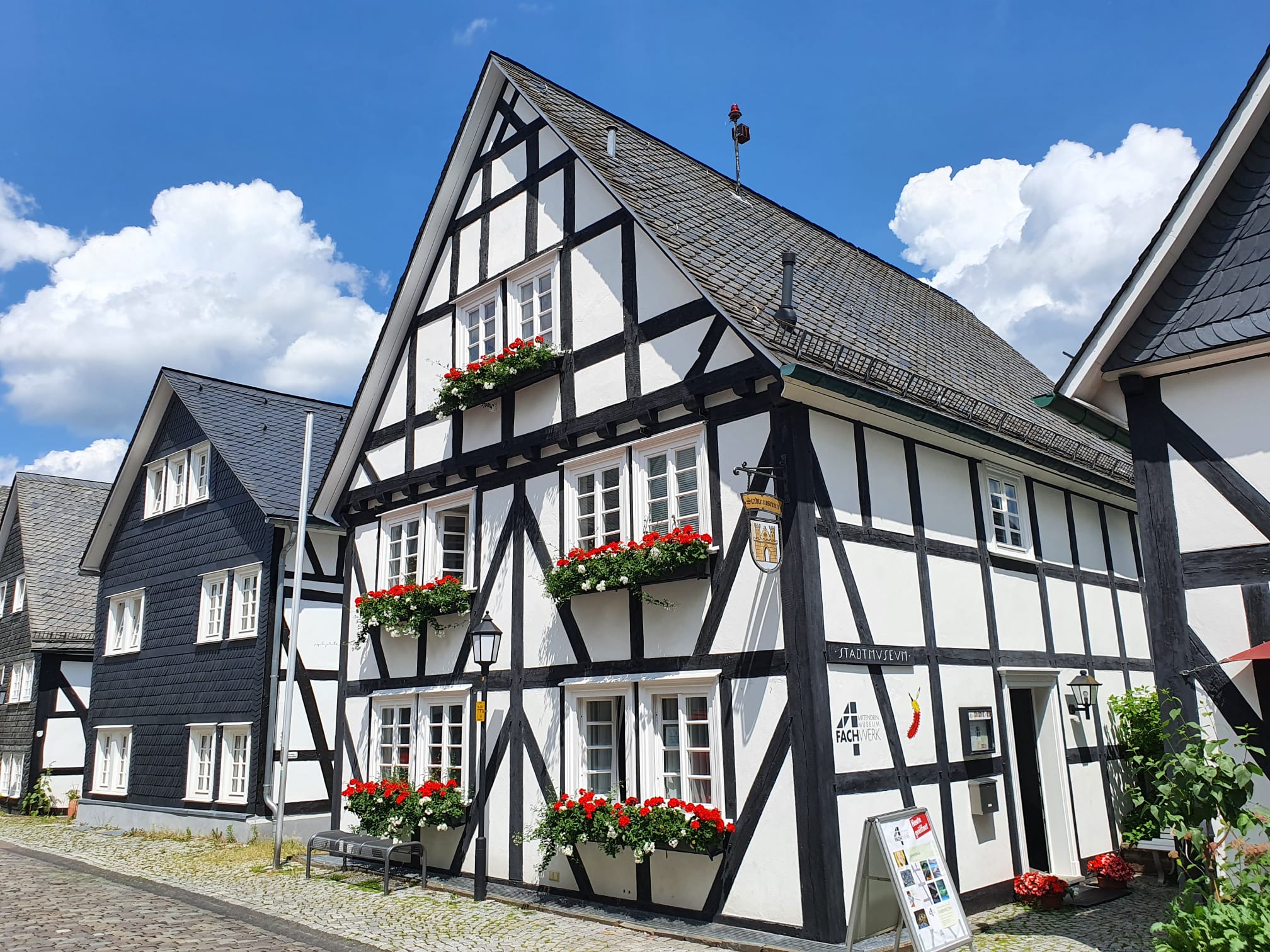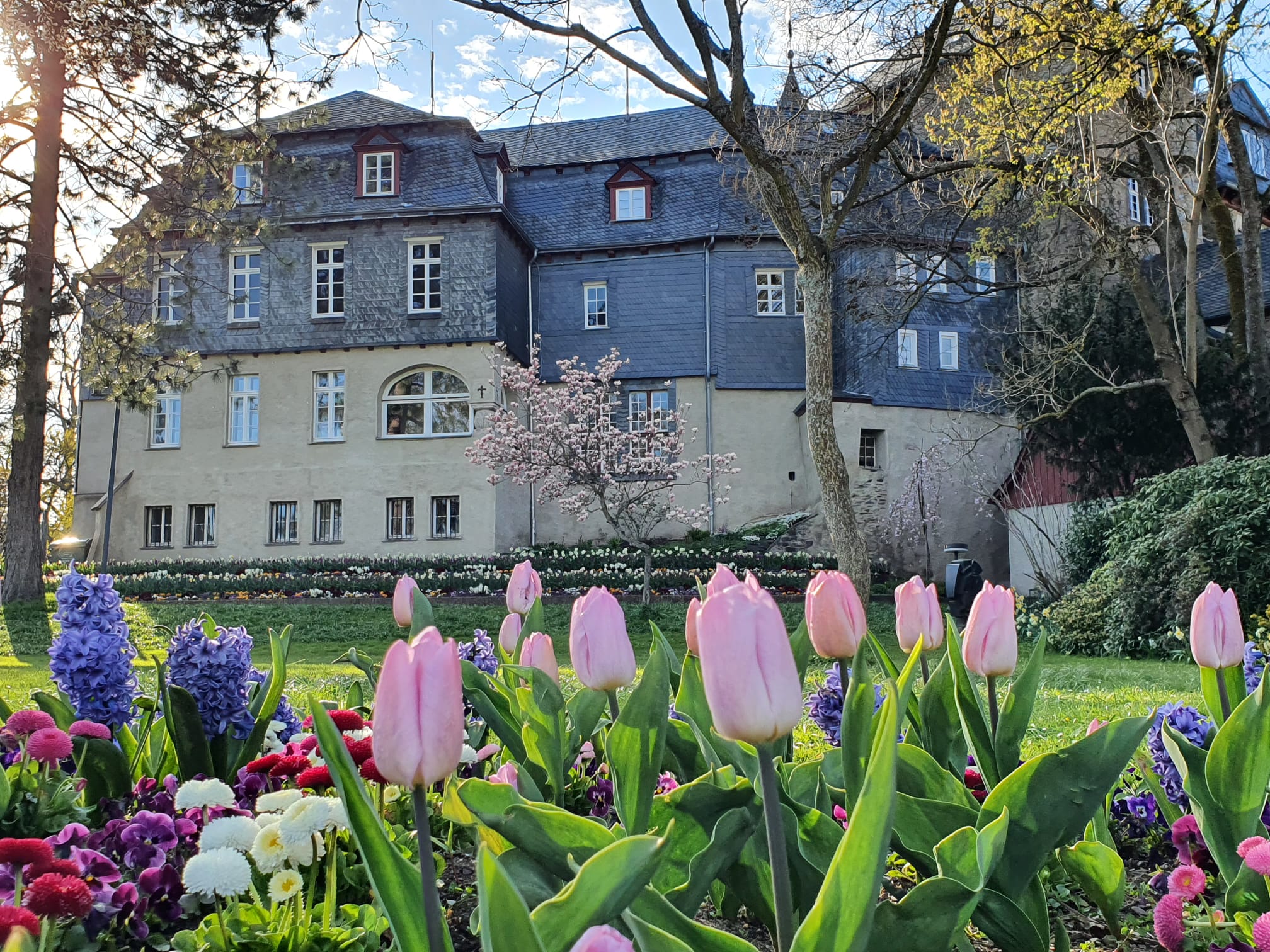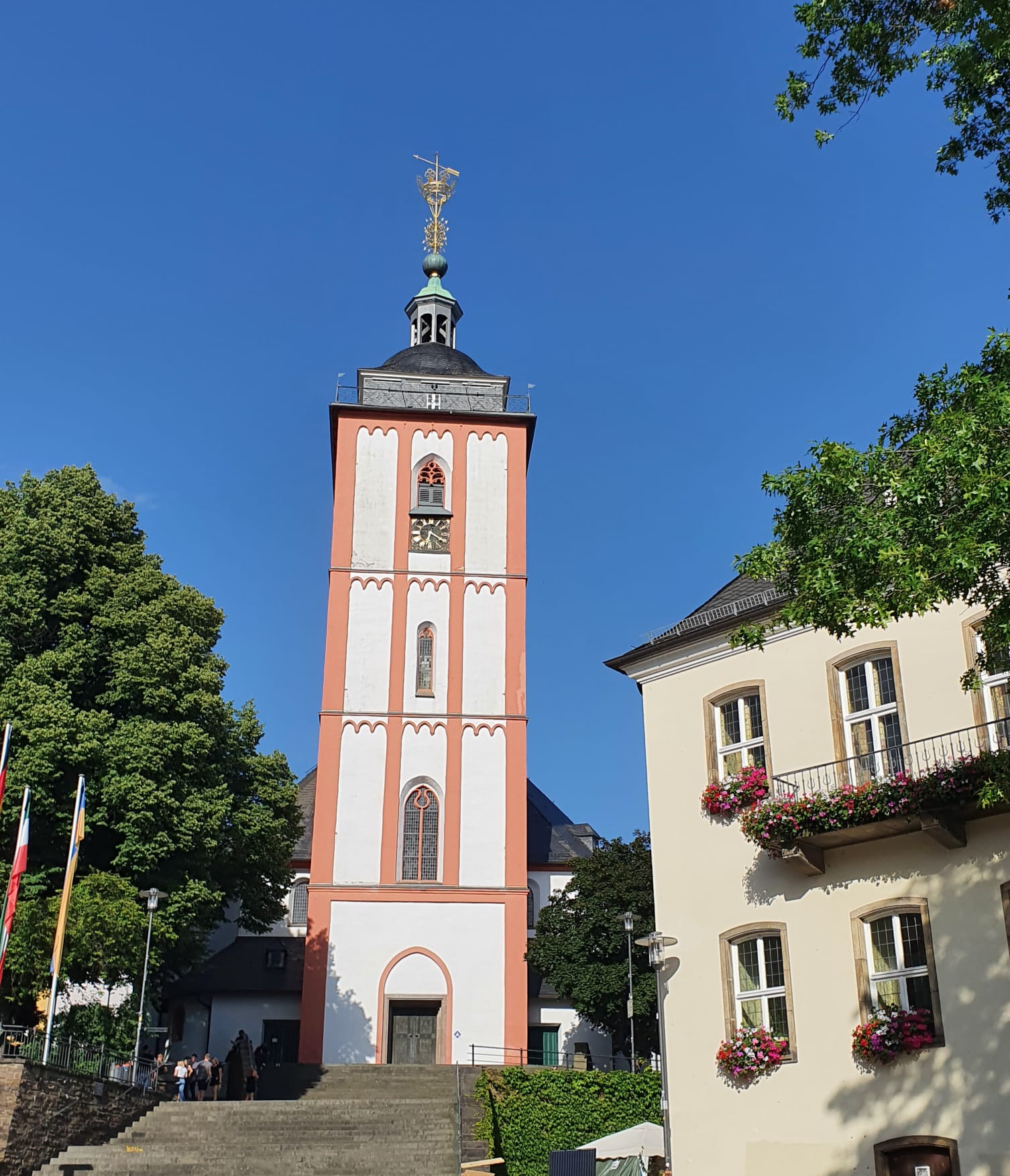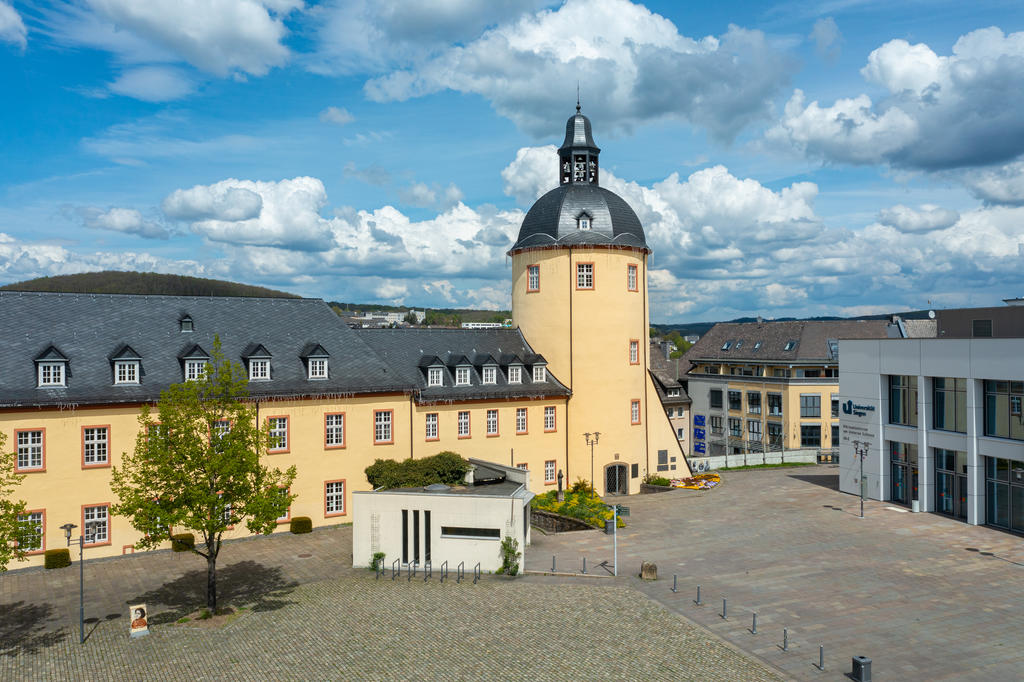Lattice meets Continuum
→
Europe/Berlin
Seminarzentrum Unteres Schloss (US-S)
Obergraben 25, 57072 Siegen
Description
By fostering the exchange between the Lattice and the Continuum community, we intend to further the progress in flavor physics phenomenology.
Topics for the 3rd edition of this workshop will include
- CKM matrix elements and global fits
- Semileptonic decays
- Rare decays
- Decays with two or more hadronic final states
- Meson mixing and lifetimes
- Gradient Flow
- Spectroscopy and exotics
Confirmed speakers
Siegen is located centrally in Germany, around 125 km northwest of Frankfurt and 90 km east of Cologne and can be reached well via train or car. Nearby international airports are in Frankfurt, Cologne and Düsseldorf.




(Copyright of the pictures: Aleksei Rusov)
The University of Siegen has around 15.000 students and it has a large theoretical flavour physics group with around 40 members. Downtown Siegen offers many pubs, restaurants and cafes, but also theaters, cinemas and concert halls.

(Copyright: Universität Siegen)
Participants